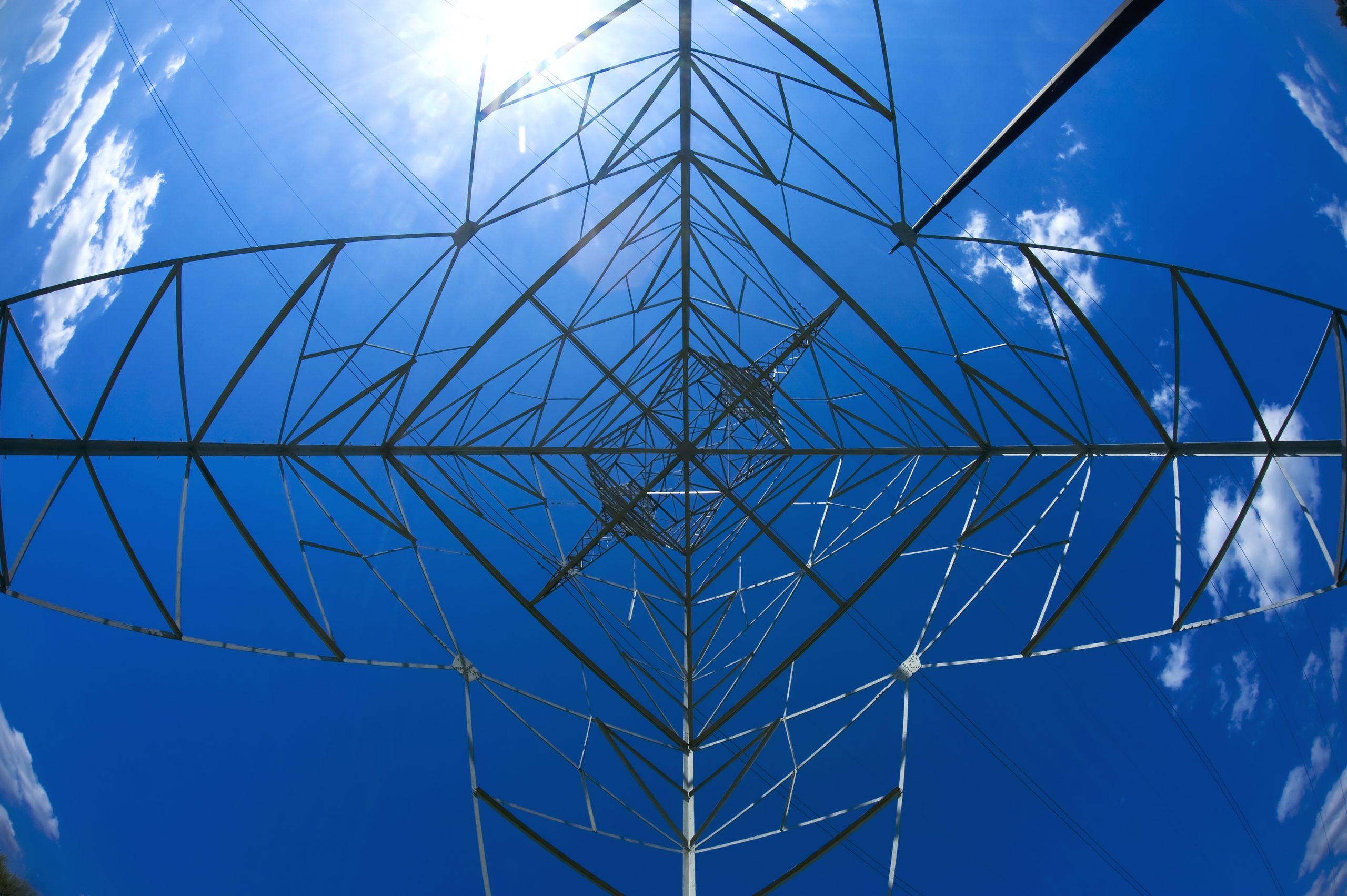
Provision of inertial response as ancillary service from active distribution networks to the transmission system
- 9:27AM Nov 11, 2020
- Comments off
Álvaro Rodríguez del Nozal, Eleftherios O. Kontis, Juan M. Mauricio, Charis S. Demoulias: ‘Provision of inertial response as ancillary service from active distribution networks to the transmission system’ in IET Generation, Transmission & Distribution, Volume 14, Issue 22, 2020, p. 5123 – 5134
Nowadays, traditional synchronous generators are replaced by distributed renewable energy sources (DRESs), which are connected to the grid via power converters. This shift towards non-synchronous generation leads to low inertia power systems and affects considerably the frequency control procedure. To provide an inertial response and to enhance grid stability, DRESs can be equipped with fast discharging energy storage systems, such as ultracapacitors. This feature allows distribution system operators (DSOs) to provide an inertial response as ancillary service to transmission system operators (TSOs) by coordinating the operation of many DRESs. For this purpose, DSOs should develop tools to quantify and control the provision of inertial response. Towards this objective, in this study, two new methodologies are proposed. The first one aims to evaluate the maximum aggregated inertial capability of active distribution networks (ADNs). The second one aims to dispatch DRESs to provide specific, TSO-defined, inertial response with the minimum cost. Both methods are tested on a medium voltage grid. Several cases are examined highlighting the impact of different parameters, such as converter limitations, line congestions, on the inertial capability of ADNs. Results indicate that the proposed methods can fully exploit operational limits of ADNs and maximise their inertial capability.
Photo by Stephan Leyk on Fotolia.
